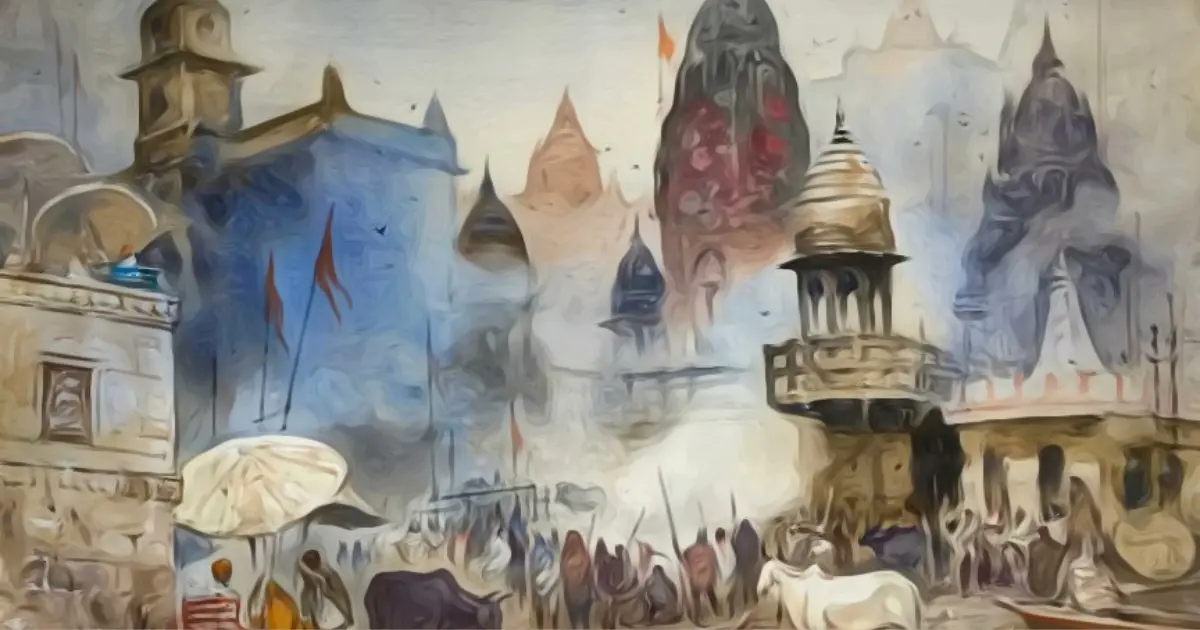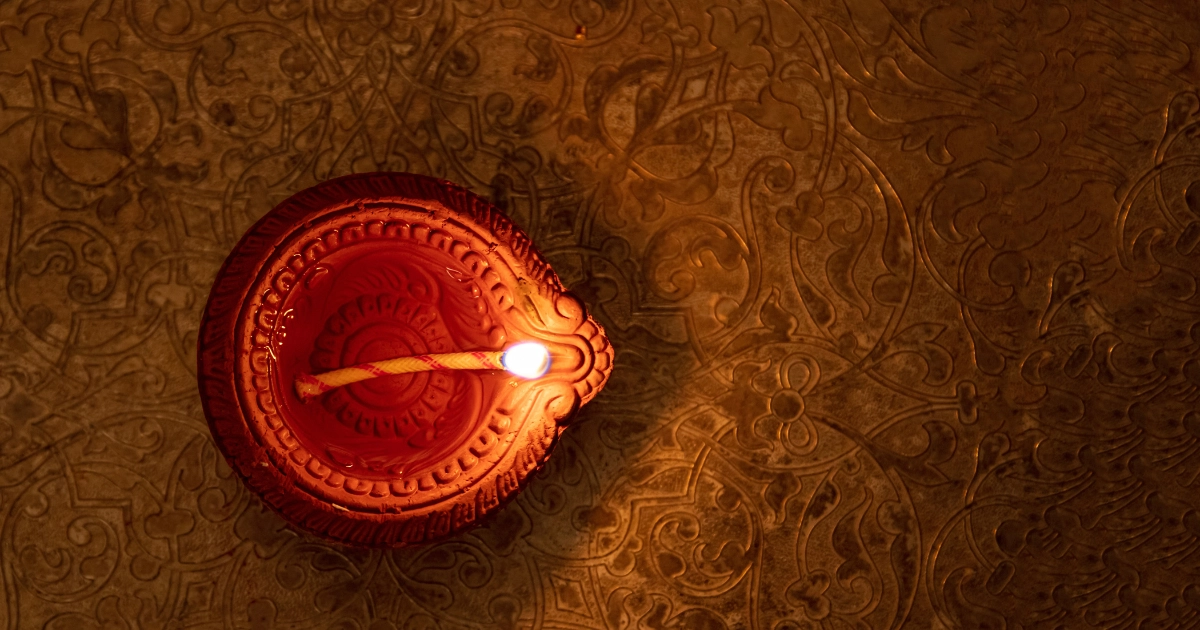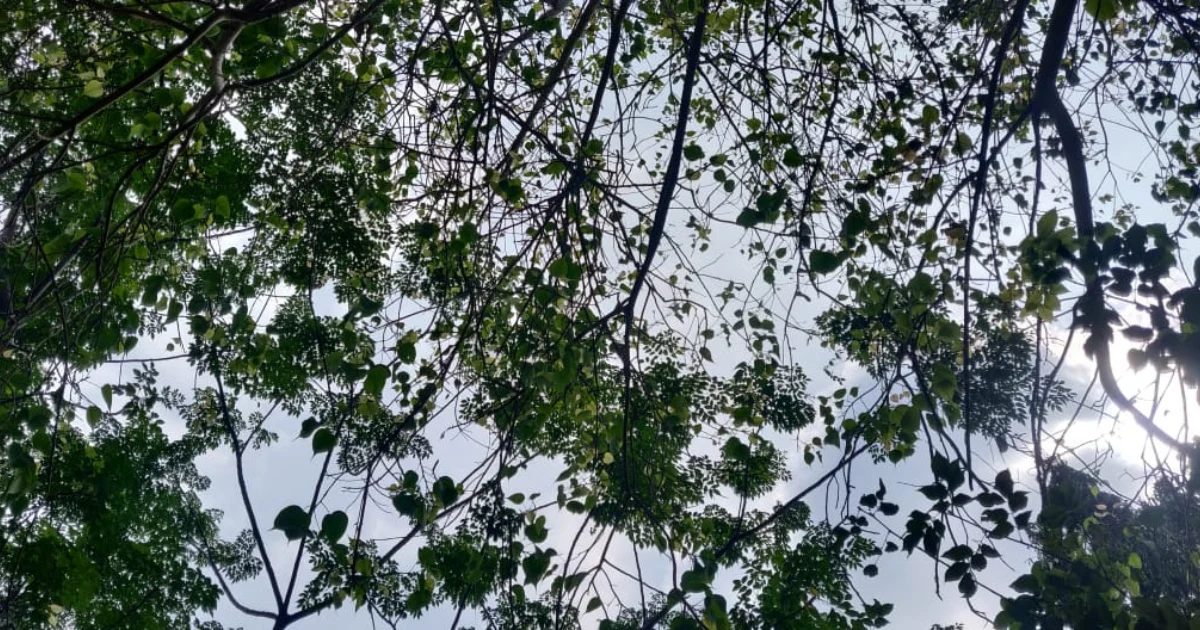आगरा का तो मथुरा से चलता है |
Agra kaa to Mathura se chaltaa hai.
Thus said my mother-in-law when I asked her about when she would be celebrating the Janmāṣṭamī this year, as there are two dates. This simple statement reveals the character of Bhāratīya cetanā.
Agra is a much larger city than Mathura today. It has more industry, bigger population and it hosts the Taj Mahal, along with many other magnificent Mughal monuments. It is truly a heritage city with un-desecrated Muslim monuments - as Hindus don’t desecrate beautiful things. Yet, Agra is not what northern Indians look up to.
The quintessential spiritual epicenter of north India is Mathura, by any standard.
Mathura’s glory and fame come only after Kashi and Ujjayini in northern India, and she is more frequented by devotees than even Haridwar and Rishikesh. Moreover, the temple culture of northern India is nowhere as developed as in Mathura. The Dhāmas of Mathura, Vrindavan and Gokul can still take the devotee back to the times of Śrī Kṛṣṇa. Mathura gives the individual as complete a spiritual and religious experience as a city can give. The entire city is devoted to Śrī Kṛṣṇa. Kṛṣṇa bhakti is palpable in every street. It starts with the common greeting -
Radhe Radhe!
Everything is attributed to Bīhāri Jī: the good and the bad; the auspicious and the unfortunate. It is his will, his grace which lets everything flow. The legend of Śrī Kṛṣṇa is all over Mathura. The bank of Yamuna where Vasudeva made his fateful journey across the Yamuna, in spate with the infant Kṛṣṇa in a basket on his head; the site Kṛṣṇa ruled and enacted his Leelas. The sites where he walked; sat; rested. Vrindavan tops even Mathura because of its compactness and its near total identification with the legend of Kṛṣṇa- but it is an extended part of Mathura. Kṛṣṇa never leaves you, when you are in this region.
You will find people going around Govardhan parvata on foot, by prostrating themselves every few feet, and in many other ways. You will find people with Vaiṣṇava tripuṇḍa, greeting strangers with -
Radhe Radhe!
Govinda! Gopala!
Bāṅke Bīhāri kī Jai!
Nandalāl kī Jai!
What is most emblematic of Kṛṣṇa bhakti in Mathura, is how the devotees dance their way through life, literally and figuratively. Saṇkīrtana is where it begins - but surely not where it ends. Every bhakta of Kṛṣṇa hums and sways in Kṛṣṇa bhakti. Almost always. They won’t walk when they go around Govardhana, they will dance their way to completion: striding, jumping, gamboling, dancing to tunes so divine that they become oblivious of what goes on around them.
The sweet flavor of Kṛṣṇa bhakti is quite obvious in all of this.
And it is infectious. If you stop yourself from bursting into a self-organizing dance at all these junctures in public, then you will surely fall to it at a place in Gokul, near Mathura called Ramaṇa Reti, where the very sand is divine. In a sacred grove, famous as the place where Śrī Kṛṣṇa played with Gopīs in his childhood, there is sand at the center of this place. Devotees come and dance here madly, without stopping. It is said that the sand is therapeutic in many ways. When one comes out of the sand dancing, all the fatigue of going around Govardhan and other sacred places in Mathura is gone.
Despite all the physical squalor, the food of Mathura is really divine. One is transported to another world. Also, everything is pegged to some aspect of Kṛṣṇa. The peḍā, the rabḍī, the gulāb jāmun, the ghevar and various other sweets.
This, despite the fact that Mathura does not have a single large-scale industry, a single ancient monument worth the attention of the tourist.
This, despite the fact that not a single structure older than four hundred years survives in the city.
This, despite the fact that Mathura was razed over and over again by the Islamic invaders.
This despite the fact that it was named Islamabad by the Islamic invader Aurangzeb.
After all the genocides and mass massacres, all the rape and pillage that was heaped over Mathura over many hundreds of years by the Islamic invaders, it is still alive as the preeminent place of Śrī Kṛṣṇa. It is still alive as the place of Hindu bhakti and spirituality, in the heart of every Hindu.
Agra, on the other hand, despite being:
- a greater city by every physical parameter of being
- an important political center more recently
- a hub city with larger population and industrial base -
Agra follows Mathura and does not lead it.
Agra was the capital of the most powerful Islamic empire ever created on earth. Its monuments weren’t desecrated, and Muslims never had a hard time there.
Despite all this, it is not Agra which is the spiritual center of north India. It is Mathura.
Is there a greater sign of the Hindu pulse of the country?
Is there a greater sign that Hindus can keep their culture, their civilization, their bhakti and their rituals alive against any hardship?
We will rise again.
We will reclaim every piece of land ever lost.
We will rebuild every temple ever desecrated.
Jai Śrī Kṛṣṇa!






